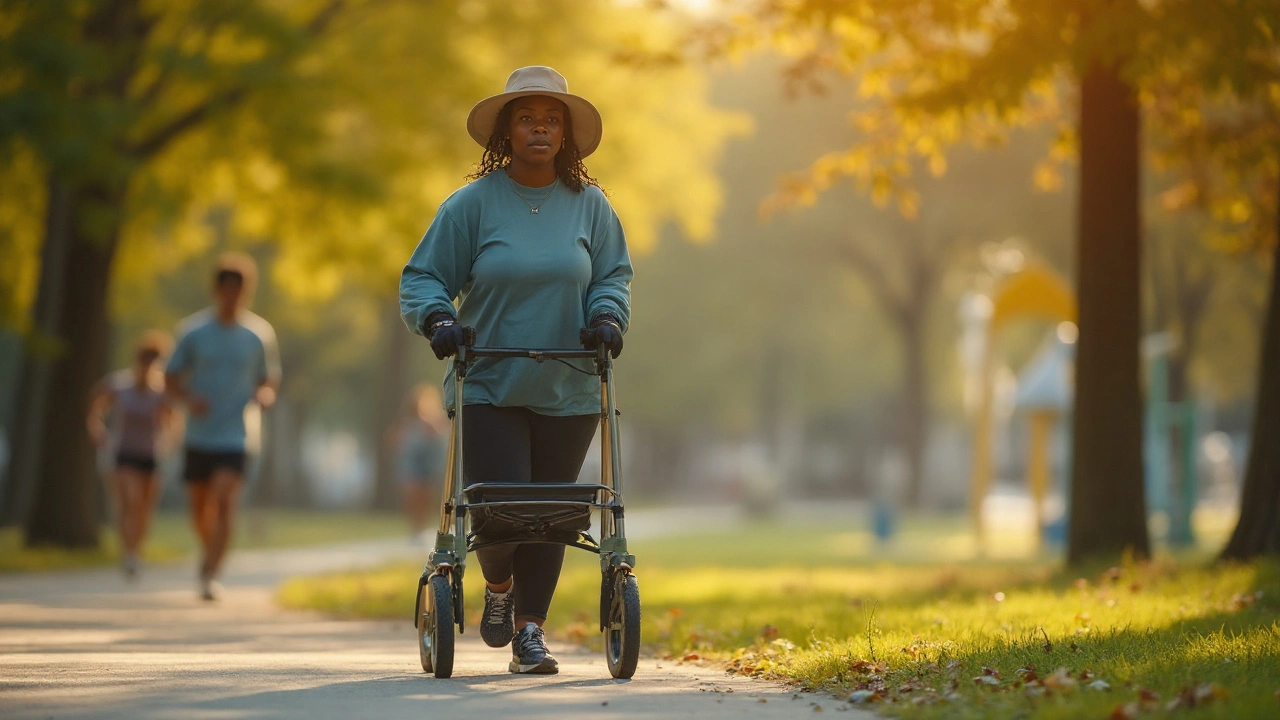UV Protective Clothing: What It Is and Why You Need It
If you spend time outdoors, you already know sunscreen is a must. But what about the clothes you wear? UV protective clothing is designed to block harmful sun rays before they hit your skin. The fabric’s weave, color, and material all affect how much UV gets through.
How UPF Ratings Work
UPF stands for Ultraviolet Protection Factor. A shirt with UPF 50 blocks about 98% of UV radiation, while UPF 15 lets roughly 7% in. Higher numbers mean better protection, but even a modest UPF 30 can cut your exposure dramatically compared to regular cotton.
When you shop, look for the label that says “UPF” or “UV‑protective.” If it’s missing, assume the garment offers little extra sun defense.
Choosing the Right Fabric and Fit
Loose‑weave fabrics let more UV slip through. Tight weaves—think polyester, nylon, or specially treated cotton—are better at blocking rays. Dark colors absorb more UV than light ones, so a dark‑blue shirt usually protects more than a white tee of the same material.
Fit matters too. A tight‑fitting shirt stays close to your skin, reducing gaps where sun can reach. But don’t go so tight that it’s uncomfortable; you’ll end up removing it anyway.
Here are quick tips for everyday wear:
- Pick shirts and pants with UPF 30 or higher for prolonged outdoor activities.
- Choose synthetic blends like polyester‑spandex for sport days—they’re lightweight, dry fast, and block UV well.
- If you love hiking, consider a long‑sleeve shirt and leggings; they add extra coverage without overheating.
Don’t forget accessories. Wide‑brim hats, UV sunglasses, and neck gaiters give protection where your skin is most exposed. Pair them with UPF clothing for full coverage.
Caring for your UV gear keeps the rating intact. Wash in cold water, avoid harsh detergents, and skip fabric softeners—they can break down the protective coating. Hang‑dry whenever possible; high heat from a dryer may weaken the fibers.
When you’re on vacation or running daily errands, remember that UV intensity peaks between 10 am and 4 pm. If you can, plan shade breaks during those hours, but if you can’t, rely on your UPF clothing to stay safe.
Bottom line: UV protective clothing works hand‑in‑hand with sunscreen. It blocks the sun before it reaches your skin, so you need less cream and feel more comfortable outdoors. Pick a good UPF rating, choose tight‑weave fabrics, and care for them right—your skin will thank you later.

Smart tools and gear that help people with porphyria live more independently-light protection, mobility, work setups, travel tips, and funding basics.
Read More